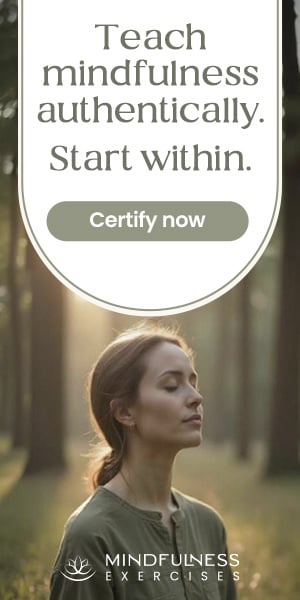Way back in ’64—and he was a Self-Taught Yogi, at that.
Andre Van Lysebeth (1919-2004) was the first Westerner to arrive at Pattabhi Jois’ yoga shala in 1964—Jois is the force behind the Ashtanga Yoga style.
1964 was also the year in which the Beatles reached #1 in the US charts with “I Want to Hold your Hand,” and President Lyndon Johnson signed the Civil Rights Act.
I was not yet born then.
Wikipedia does not say much about Lysebeth, perhaps because he is Belgian and his website is in French or perhaps because…I don’t know why.
I got curious about him when I read that he arrived so early at Jois’ place—David Williams did not get there until 1973- So I looked him up and got his book Yoga Self Taught. It turns out he spent quite a bit of time in India, mostly in the Sivananda tradition and the Vishwayatan ashram in Dehli -one I had never heard of before-.
Reading Yoga Self Taught, it is clear that he was not very influenced by Jois’ teachings but that rather Sivananda was the main teacher. For example Jois’ name does not appear in the book -although I do realize that this is a later edition and Wikipedia says that in the first one he did mention him and that is what prompted other western students to follow-.
I get the sense that Andre was a very prominent teacher in Belgium, perhaps the most famous -his teacher training course is four years long-, and he mostly did his own style of yoga with a Sivananda flavour.
In the book, the first thing that caught my attention was the one-liner he chooses from his guru, Sivananda: “An ounce of practice is worth several tons of theory“. Perhaps you also catch the similarity to the “99% practice 1% theory” of Jois.
The surprise
Shoulder Stand water color by Chris Carter
The sequence he chooses to show for beginners, is one he learned at Sivananda’s and the most surprising thing to me is that it starts with the shoulder stand.
When I say surprising what I mean is that I feel weary of a sequence starting with the neck in such a possible compromising position before the body has even had a chance to warm up through a standing sequence.
I guess he anticipated people would question it on it and so he maintains that the rishis suggest starting with the inverted pose for circulation purposes. I am left scratching my head. This is the sequence:
Sarvangasana – Shoulder Stand or Candle – for 1 minute Halasana – 2 minutes Matsyasana – 1 minutes Paschimotanasana 2 Upward dog – Cobra – 1 Shalabasana 1 Dhanurasana 30 seconds Ardha Matsyendrasana 1 min Headstand Shirshasana 1 to 10 minutes or more Uddyana and Nauli 1/2 Breathing 3 mins Relax 3 mins
Also of note is that the word “vinyasa” (or how to move from out of one pose and into another one) does not appear in the index.
He has some interesting explanations of why the poses are named the way they are as in for example matsyasana -fish pose- which he says is because the belly goes up and resembles a fish floating in the water. And he also goes extensively into how important it is to breathe (has almost 3 chapters on that although not many exercises) and to clean the body -great tongue scrubbing explanation-. He also presents 3 whole chapters on relaxation! I liked that part.
I would be very interested to hear if anyone from Belgium is reading this and has had a chance to meet him, have you?
The beautiful shalamba sarvangasana -shoulder stand- water color comes from the website of Chris Carter, who paints beautiful asanas images.
RELATED POSTS:
21 Things I Wish I Knew Before I Started Practicing Ashtanga Yoga
Krishnamacharya: 8 Short Stories That Reveal What Kind of Person He Was

 Share on bsky
Share on bsky




Read 10 comments and reply